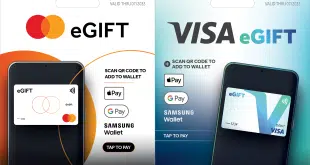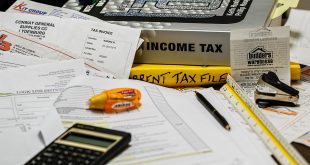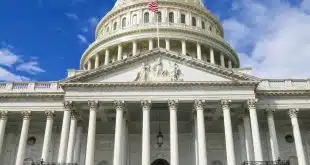After about four years of testing, the New York City area’s Metropolitan Transportation Authority is beginning the process of building a fare-payment system based on general-purpose contactless cards. MTA officials tell Digital Transactions News that they plan to publish a so-called Concept of Operations, a document outlining the agency’s broad plans that would help vendors develop formal proposals. That document is expected to be available for review soon, though the agency hasn’t given an exact date.
“Once we finish our industry-outreach activities, we will begin the process of turning that into technical requirements and move into high-level system design, and then detailed system design,” an MTA spokesperson tells Digital Transactions News by e-mail. “We expect to issue an RFP [request for proposals] this year to enable us to identify a systems integrator. One of their tasks will be to work with us to do the detailed design.”
The program will be centered on using general-purpose, contactless credit, debit, and prepaid cards and other media based on the ISO 1443 contactless technology standard. That would include contactless fobs that already come with some payment cards, and stickers that attach to cell phones.
The MTA is looking to replace its magnetic-stripe MetroCard, which is more than 15 years old and “was revolutionary in its time,” the spokesperson says. But New York, as are other transit agencies in the U.S. and Canada, is facing higher expenses to keep its proprietary system going as the original equipment nears the end of its useful life. In addition to potentially reducing collection costs, an open-fare system would make it easier for riders to pay for trips on the various systems that provide mass transit in the New York area. New York City and nearby locales generate about 40% of all mass-transit trips the U.S.
“Our fare-collection systems at our railroads are currently not interoperable with the subway/bus fare-payments system,” the spokesperson says. “We\'d like to implement a single system that would enable our customers to use the same card or device to pay the fare on the New York City subway, buses in New York City and environs, the Long Island Rail Road, and Metro-North Railroad.” Planners also are considering making their new fare system capable of reloading E-ZPass accounts, which enable drivers to make cashless toll-highway payments in many Eastern states.
The MTA has not yet set a budget for the new fare project. “We\'ll begin to develop cost estimates based on the [Concept of Operations], and continue to refine them as we move through design,” the spokesperson says.
In all likelihood, the new system won’t be cheap. The MetroCard system cost about $750 million in total, according to consultant Peter Quadagno, a former MTA official who had product-management duties for the card when it launched.
And while they pride themselves on getting riders to their destinations quickly, agencies tend to move very slowly when it comes to major capital projects. “MetroCard got started as a concept with a study done by [consulting firm] Arthur Andersen in 1982; the first card got swiped in 1994,” says Quadagno, president and chief executive of West Chester, Pa.-based Quadagno & Associates Inc.
The MTA began testing acceptance of contactless payments back in a pilot that included Citigroup Inc. and MasterCard Inc.’s PayPass contactless technology in stations along New York’s Lexington Avenue subway line. Later, other area transit agencies joined the testing, but a final phase of the pilot ended in late November 2010 with no announced plans for expansion. “We've learned what we needed to from the pilot and we’ve removed the readers,” the spokesperson says.





